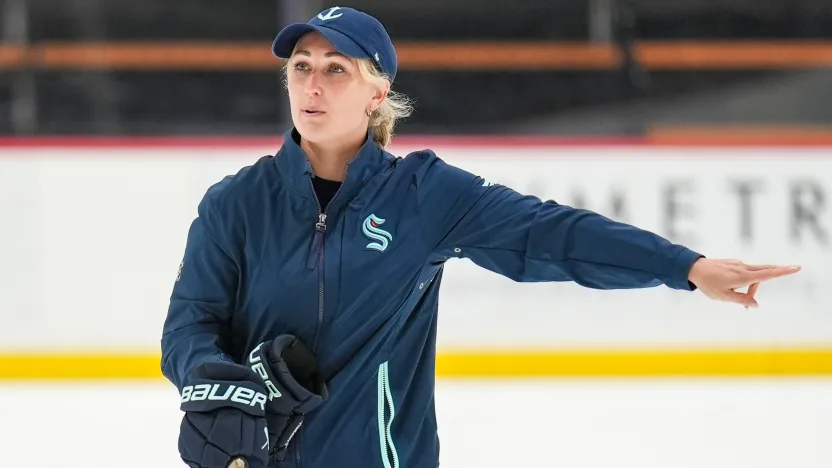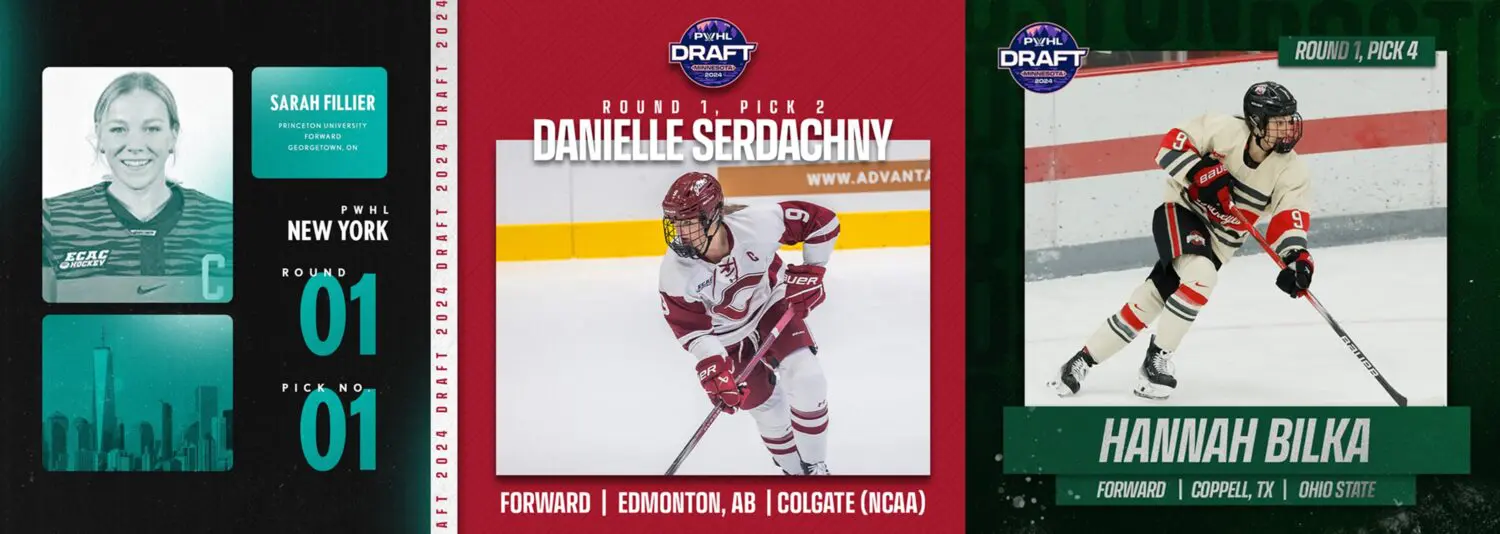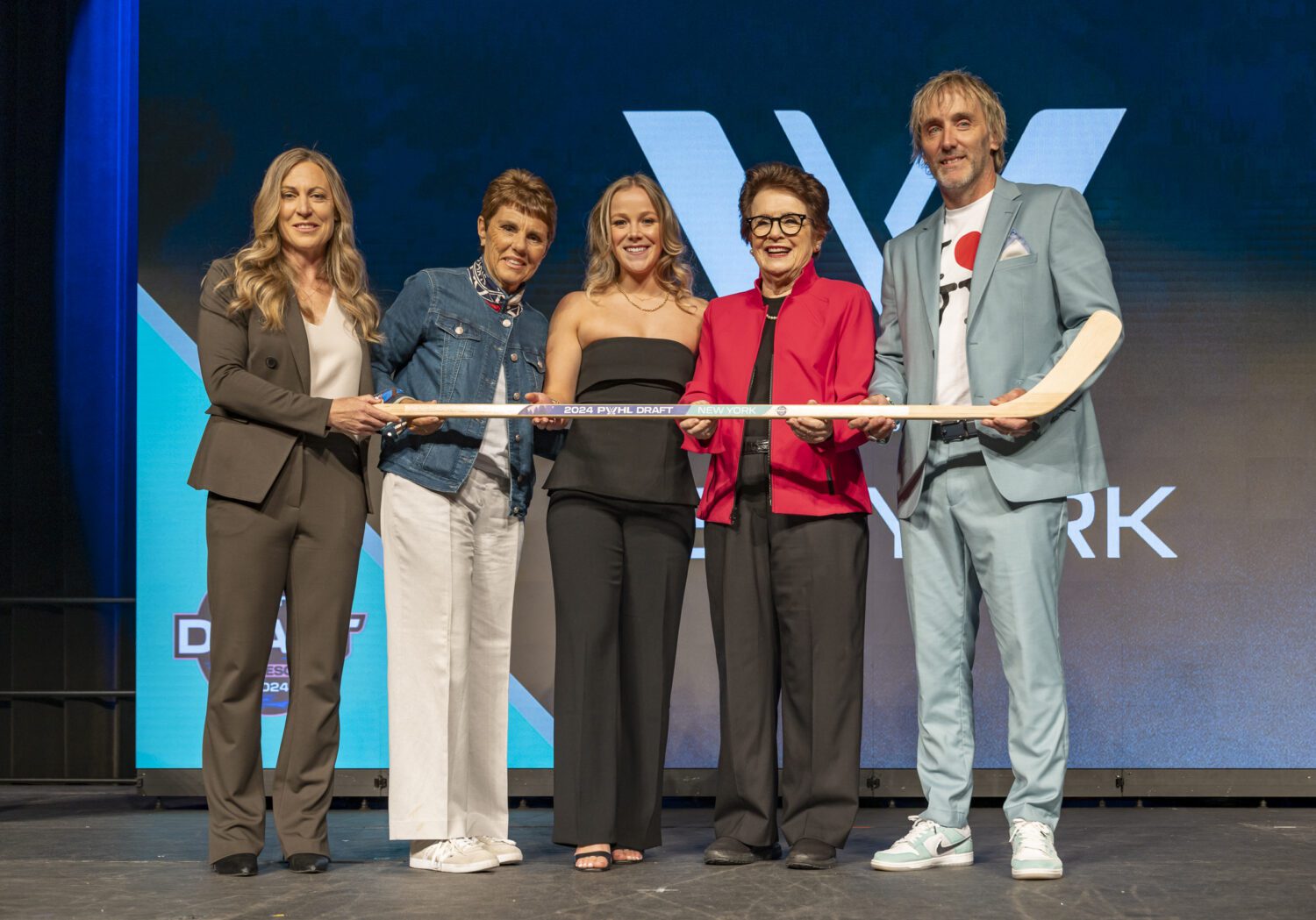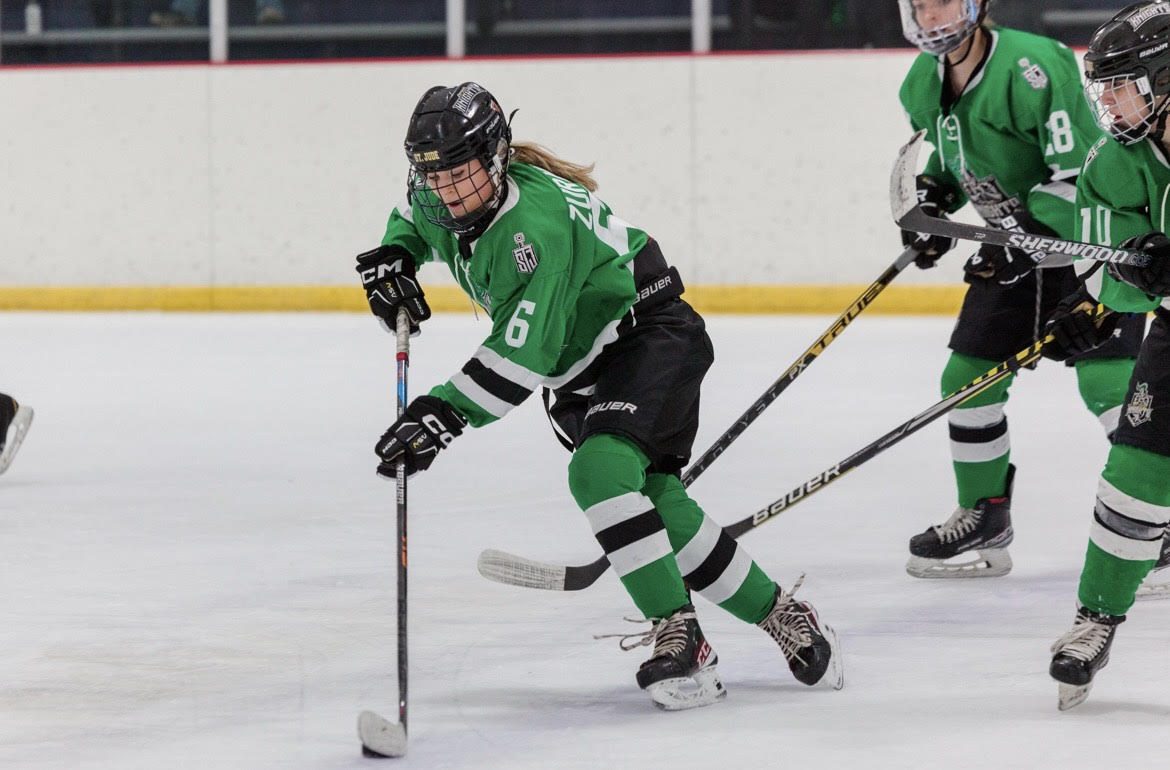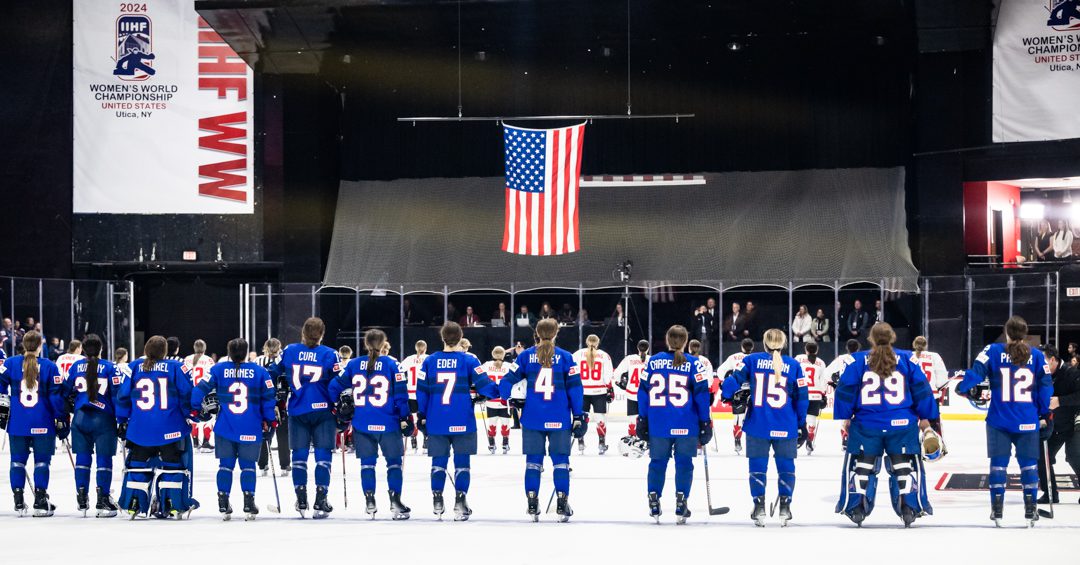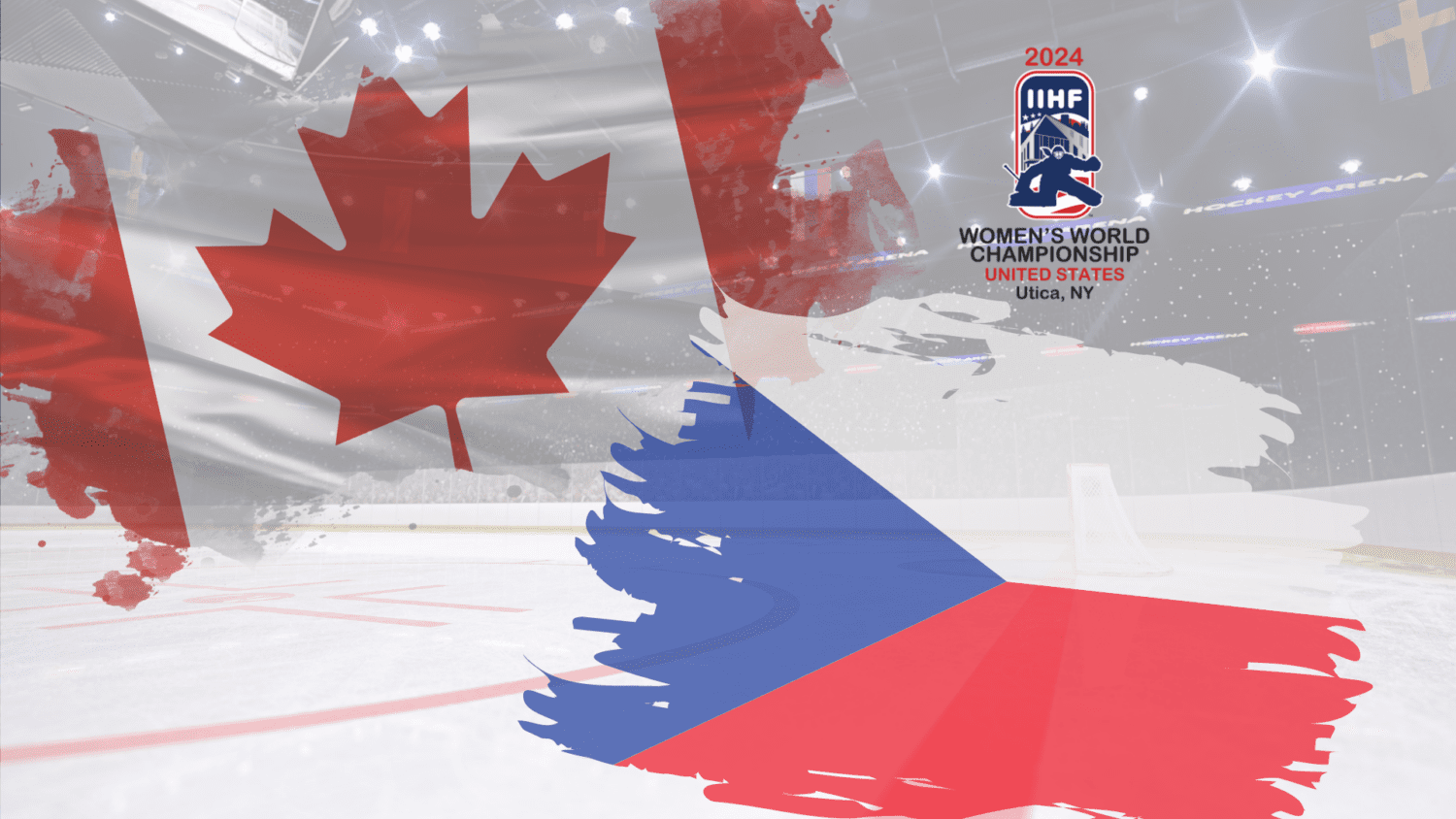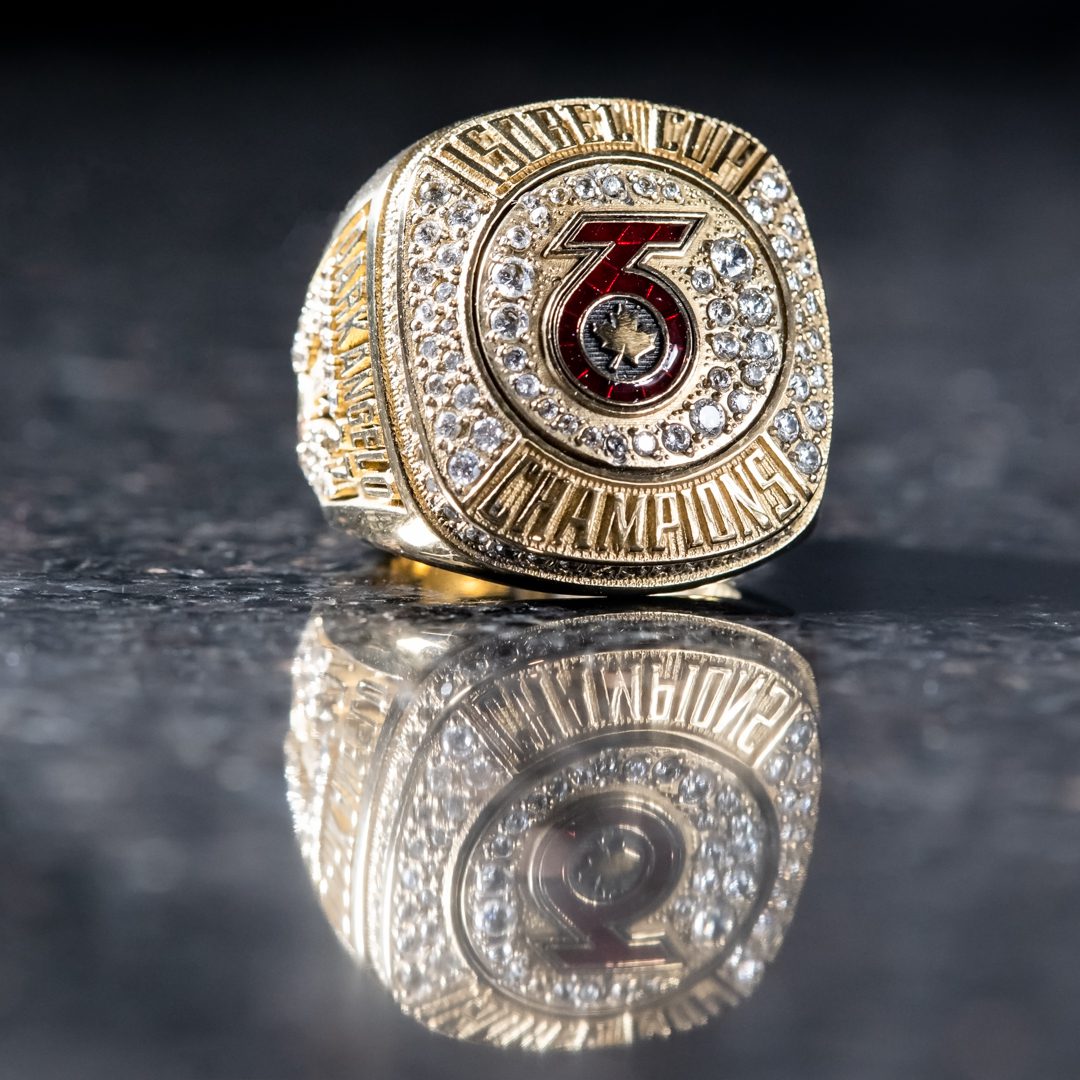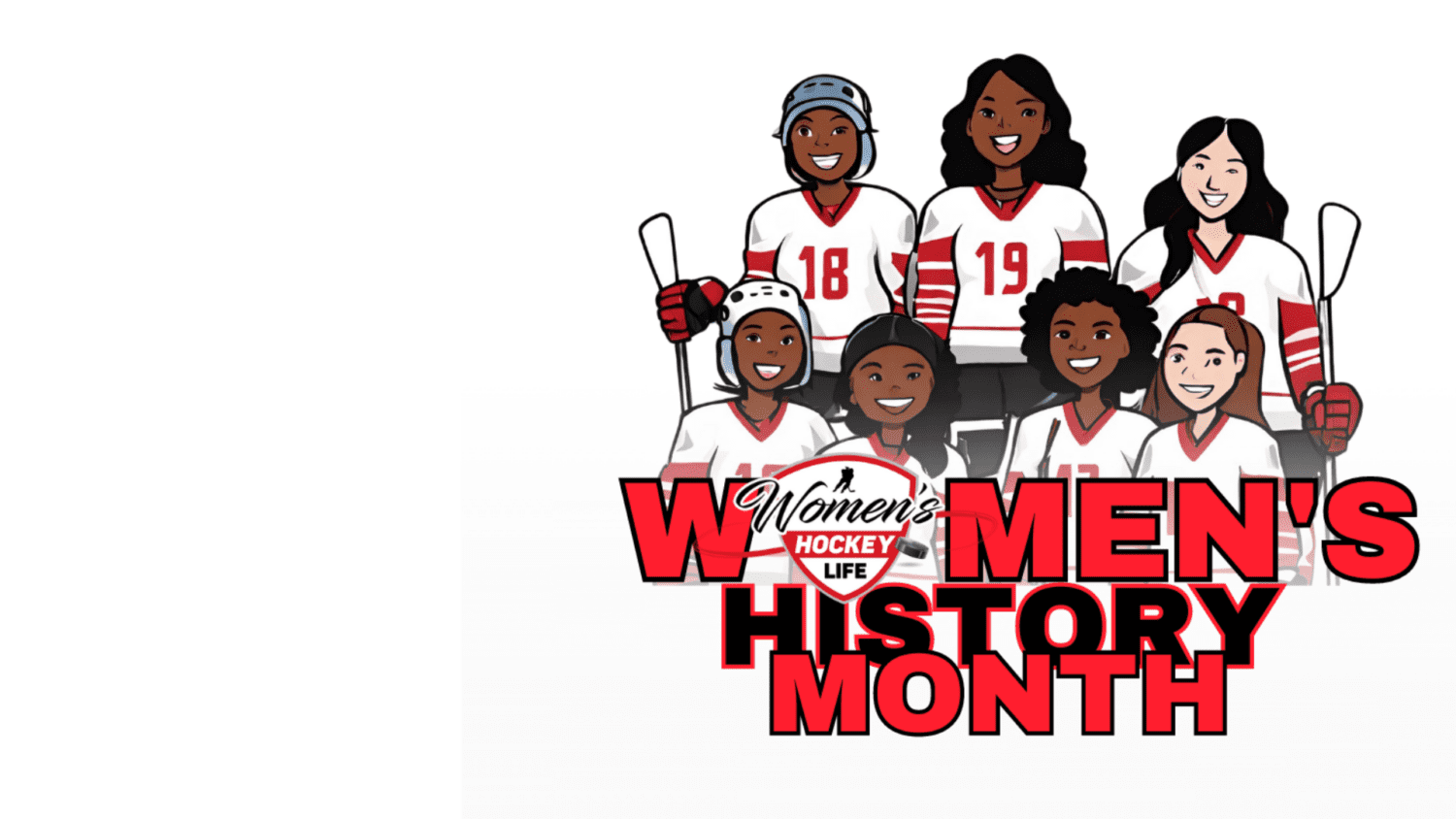When we begin talking about defensive play, I will ask my player if they have ever played Monkey in the Middle. (Of course, at this point, I typically have to explain what the game is because they have never played before.) Then I ask them, if you want to get the ball back, where is the best place to position yourself? Again, blank stares, and I then say “you have three choices: stand next to the person with the ball, stand next to the person receiving the ball or, stand in the middle between the passer and the receiver”.
Needless to say, the answer is to cover the receiver. And, if there were two “monkeys’ in the middle, one would make it difficult for the passer and the other would cover the receiver.
Somehow though, my experience has been that hockey players are naturally drawn to try to read where the puck is going to be passed and intercept it. This is the same as standing right in the middle of the Monkey in the Middle game. I think this comes from when they are younger and the passers aren’t very good both at passing and at not telegraphing where they are going to pass the puck. But, as players get older, more skilled and more experienced, all of a sudden you can’t just read and react and intercept the puck any more. Inevitably, as I regularly find, old habits are tough to break.
So, I am trying to instill in my players that, whenever we don’t have the puck, the very first thing to do is to pressure the puck carrier as hard as we can. To continue the Monkey in the Middle, we want to get in the ball passers face and make it difficult to make a good pass. Then, the other players should be thinking about getting the puck back after the pressure has created a tough passing situation. Again with Monkey in the Middle, go to the receivers not into “no man’s land” and hope to intercept a pass. You can still intercept a pass but, the most likely place it’s going to go is to one of the passers teammates – so does it not make sense to go there to get the puck back?
Generally, I would say that players are far too “puck focused” and not player focused when the opposition has possession. This is particularly true in the defensive zone where I regularly see players – even at the NHL level – lose their check because they got mesmerized by the puck. You can’t properly cover a man in the defensive zone if you are solely looking at the puck.
I know that catch phrases can get into player’s heads and two things I say regularly with regards to defensive play are “Pressure, Pressure, Pressure” and “Find a Man!” I want full pressure on the puck carrier whenever the opposition has the puck. And, I want everyone to “Find a Man!” Take away passes so that we can get the puck back in our possession.
There are four 5v5 situations where we need to be really good at this. Starting from the offensive zone: forechecking, neutral zone forechecking, backchecking (tracking) and defensive zone coverage.
On the forecheck, I would hazard that most systems have the first man into the zone pressuring the defenceman. The second man is the key to getting the puck back and floating into the zone with the intent to intercept an errant pass isn’t necessarily the best option for retrieving the puck. I tell my number 2 forechecker that you need to “guess” where the puck is going and pressure to that spot. If the pass is coming up the boards on the strong side? Go to that winger. If the puck is going D to D behind the net? Go to the D receiving the puck. If the first forechecker is going to create a loose puck in the corner? Then be “second man quick” to get the loose puck.
On the neutral zone forecheck there are two obvious passes a defenceman can make: D to D, and up to a posted winger on the strong side. If the first forechecker is pressuring the puck carrier then the next two forecheckers shouldn’t just be waiting to see where the puck goes, they should be automatically taking away those two easy passes.
When backchecking (or tracking), all players should be “finding a man” rather than “being in the neighbourhood”. If the forwards can take care of the last rushing forward and the two defencemen then then it becomes a fairly simple 2v2 rush instead of a confusing ten players skating towards our end.
Finally, in the defensive zone, it doesn’t really matter what zone coverage system your team is playing (I am a big fan of strict man on man) players need to be able to identify the threats to score and not just focus on the puck to play good defence. Being able to stay between a check and the net is crucial to be able to play good team defence in the zone.
We need to get our players out of the “in the neighbourhood” mentality and start thinking “Find a Man!” The game is too fast to be able to react to quick passes and even quicker and harder shots off today’s sticks. Pressure is not only applied to the puck carrier. Pressure needs to be applied to all opposition players to be truly effective.
[adrotate group=”1″]
Related Articles
Categories
Recent Posts
[adrotate group=”2″]


